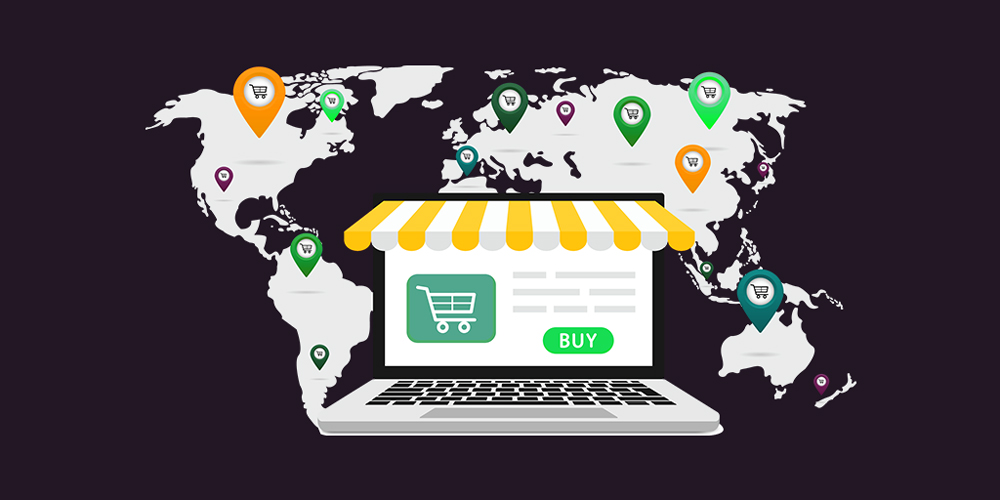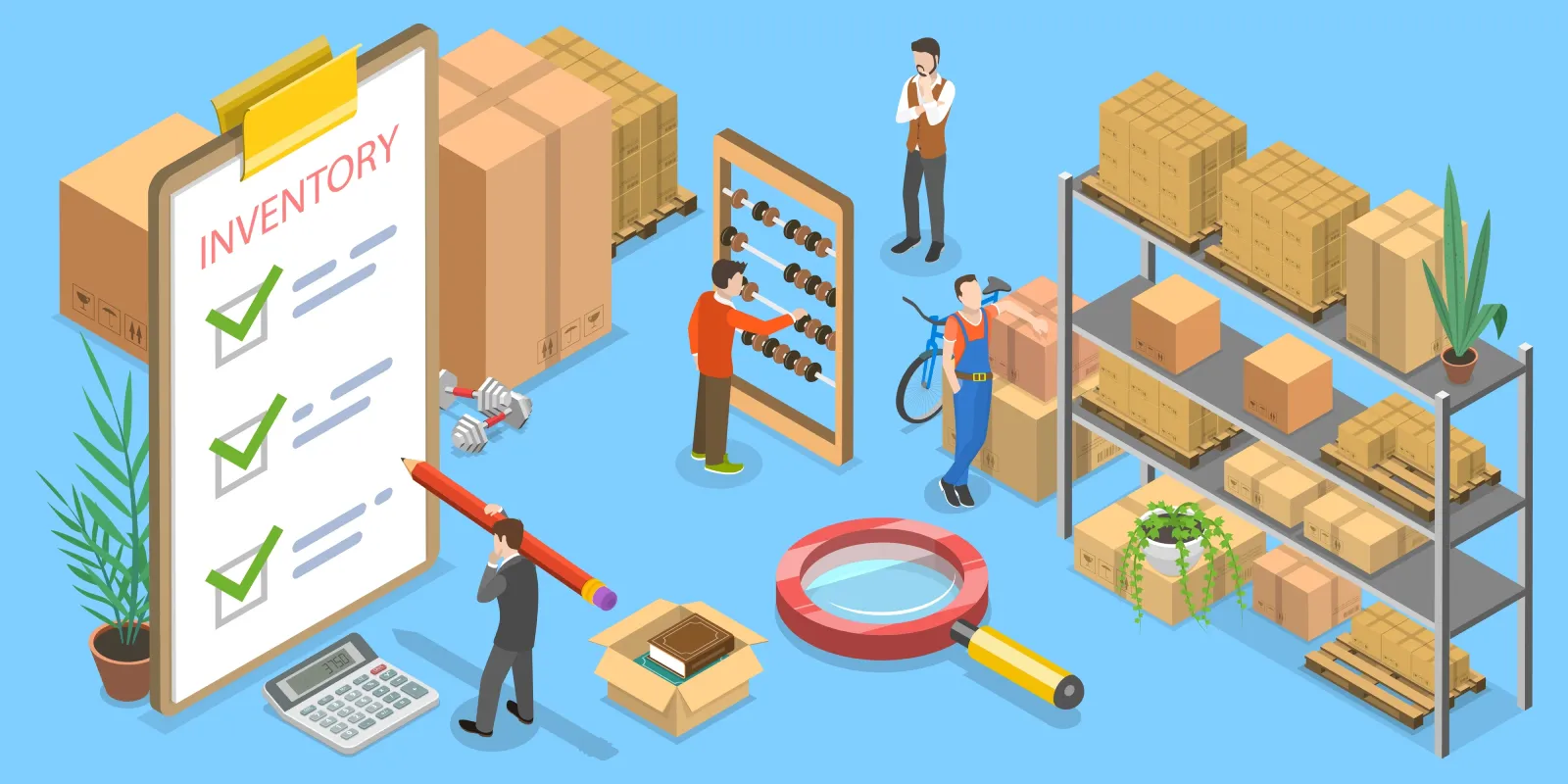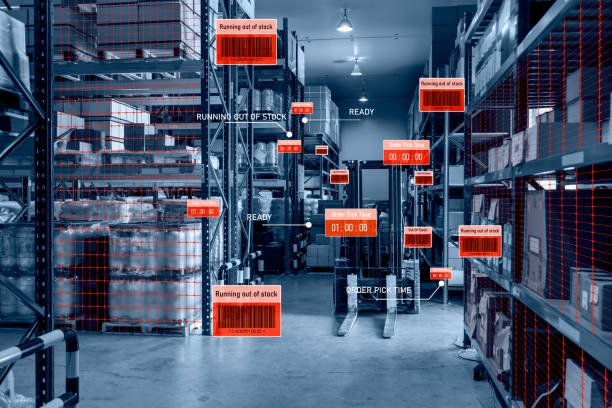Autonomous Vehicles Are Quietly Redefining E-commerce Shipping Integration
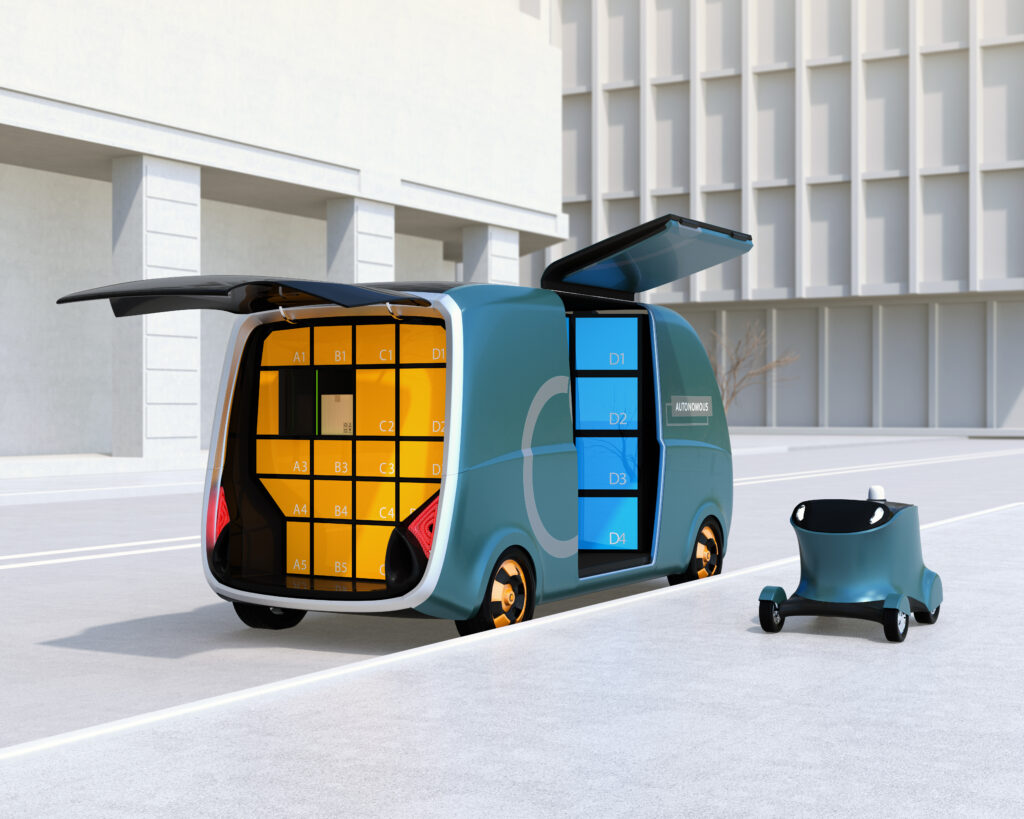
Can Autonomous Vehicles really transform e-commerce shipping? Traditional delivery models depend on drivers, fuel, and human schedules. Yet the growth of self-driving trucks, delivery robots, and AI-powered vans is reshaping logistics. Businesses are learning that these vehicles don’t just save costs—they redefine what E-commerce Shipping Integration means in practice.
Why Are Autonomous Vehicles Changing the Game?
What Problems Do Businesses Face Today?
- Labor shortages: A lack of drivers creates delivery delays.
- High operating costs: Wages, insurance, and fuel continue to rise.
- Customer impatience: Same-day delivery is becoming the new standard.
- Sustainability pressure: Companies are urged to lower emissions.
How Autonomous Vehicles Provide Solutions
- Operate 24/7 without fatigue, ensuring continuous service.
- Use AI-powered routing to find the shortest and most efficient paths.
- Offer predictable performance without human error.
- Scale quickly during peak shopping seasons.
This makes autonomous fleets essential for modern e-commerce shipping integration.
How Do Autonomous Vehicles Improve Last-Mile Delivery?
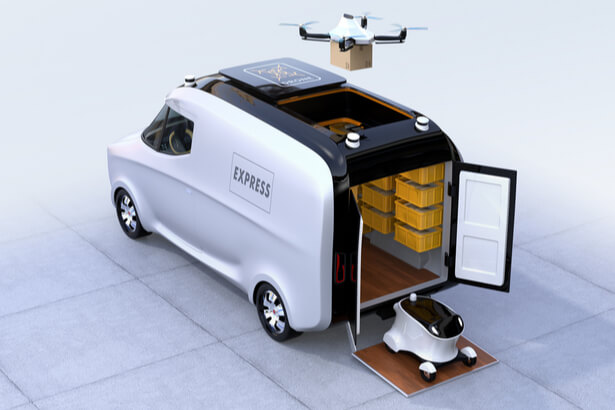
Why Is the Last Mile Costly?
The last mile consumes over 50% of shipping expenses due to:
- Low package density on routes.
- Urban traffic congestion.
- Remote rural delivery costs.
How Autonomous Vehicles Tackle It
- Urban bots navigate sidewalks to deliver small packages.
- Suburban vans reach neighborhoods faster with automated mapping.
- Truck-drone partnerships extend access to rural customers.
- Night-time deliveries reduce congestion and speed up fulfillment.
By removing inefficiencies, autonomous technology makes the last mile faster and cheaper.
Are Autonomous Vehicles Safe and Dependable?
Built-In Safety Features
- LiDAR and radar scan the surroundings in real time.
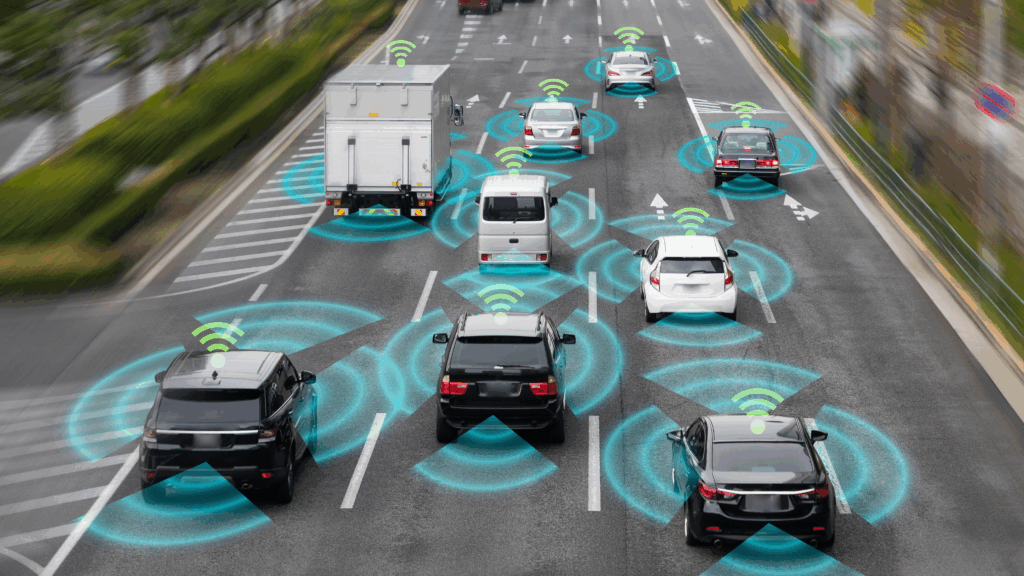
- Cameras and sensors detect pedestrians and traffic.
- Fail-safe stops activate during malfunctions.
- AI decision-making reacts instantly to obstacles.
Dependability Factors
- Continuous operation without fatigue or distraction.
- GPS precision ensures accurate routes.
- Advanced testing in rain, snow, and wind builds resilience.
Safety and reliability are improving every year, making businesses more confident about integration.
What Regulatory Barriers Exist?
Why Do Regulations Matter?
Autonomous shipping needs legal approval to ensure safety, insurance coverage, and liability clarity.
Current Developments
- United States: The Department of Transportation (DOT) and National Highway Traffic Safety Administration (NHTSA) are piloting rules for autonomous trucking.
- Europe: The European Union Aviation Safety Agency (EASA) sets guidelines for cross-border operations.
- Asia-Pacific: China and Singapore run pilot programs in innovative logistics zones, while Japan allows specific driverless tests in populated areas.
What Businesses Must Do
Companies should stay updated on local rules, work with certified logistics providers, and prepare for gradual policy changes that will expand opportunities.
Will Autonomous Vehicles Lower Costs?
Immediate Costs
- Vehicle purchase and AI integration
Buying autonomous trucks or delivery bots is expensive. On top of that, businesses must install and update AI software for navigation, safety, and optimization, which adds licensing and setup fees. - Maintenance of sensors and digital systems
Autonomous vehicles depend on LiDAR, radar, and cameras. These require regular calibration, software checks, and sometimes costly replacements to keep the system reliable. - Infrastructure upgrades, such as charging stations
Companies need new facilities like charging stations, data hubs, and storage areas to support autonomous fleets. These upgrades demand both investment and long-term planning.
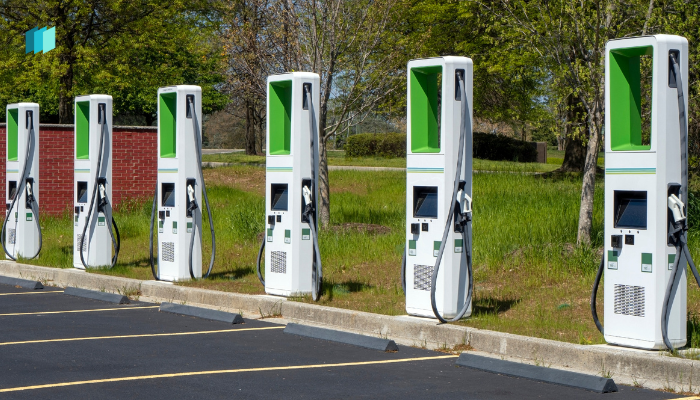
Long-Term Savings
- Labor reduction lowers wage dependency.
- Fuel savings through optimized routes and electrification.
- High fleet utilization as vehicles can run nearly nonstop.
- Fewer accidents lower insurance costs.
For businesses moving high volumes, the long-term economics are clear: autonomous fleets make sense.
How Will Customers Respond to Autonomous Deliveries?
Shifting Expectations
- Speed: Customers may start expecting deliveries in hours.
- Transparency: Real-time tracking of autonomous fleets will become standard.
- Sustainability: Many shoppers prefer eco-conscious shipping choices.
By meeting these expectations, retailers improve loyalty and set themselves apart from competitors.
What Are the Environmental Benefits?
- Lower greenhouse gases with electric fleets.
- More intelligent AI routing reduces wasted fuel and mileage.
- Less congestion as delivery bots take smaller packages off the road.
- Support for clean energy through solar-powered charging hubs.
For eco-focused businesses, autonomous fleets are both a logistics and branding advantage.
What Obstacles Could Delay Adoption?
- High investment costs in vehicles and infrastructure
Autonomous fleets require expensive vehicles, advanced AI systems, and specialized infrastructure such as charging stations. For many companies, these upfront costs are difficult to justify without clear short-term returns. - Weather limitations in extreme climates
Heavy rain, snow, fog, or sandstorms can reduce the effectiveness of sensors like LiDAR and cameras. In regions with harsh weather, autonomous vehicles may not perform as reliably as human-driven fleets.

- Public skepticism about safety on shared roads
Many people remain cautious about sharing streets with driverless vehicles. Concerns about accidents or malfunctions create hesitation, which can slow public acceptance and regulatory approvals. - Insurance and legal gaps are not fully defined yet
Questions about liability in accidents—whether it falls on the manufacturer, software provider, or logistics company—remain unresolved. Without clear rules, businesses face risk in adopting autonomous fleets. - Noise concerns with drones in urban neighborhoods
While drones are effective for quick deliveries, the constant buzzing noise may disturb residential areas. This can lead to restrictions or community pushback, limiting widespread use in cities.
These barriers mean adoption will be gradual, but steady.
How Should Businesses Prepare?
Practical Steps to Take Now
- Identify products suitable for autonomous delivery (lightweight, time-sensitive).
- Run pilot programs with third-party logistics providers.
- Build micro-warehouses closer to urban centers.
- Invest in staff training to manage autonomous systems.
- Market benefits to customers: speed, sustainability, and reliability.
Companies that act now will lead the market as regulations and technology evolve.
What Role Do AI and Data Play?
AI and data are the foundation of Autonomous Vehicles. They allow:
- Dynamic routing to avoid congestion.
- Predictive demand analysis to position fleets near customers.
- Continuous learning from every trip, improving efficiency.
- Fleet coordination is when multiple vehicles work in sync.
As AI matures, fleets will become almost entirely autonomous, cutting costs and errors further.
Can Small Businesses Benefit Too?
Yes, small retailers can access autonomous delivery through:
- Shared fleets managed by third-party providers.
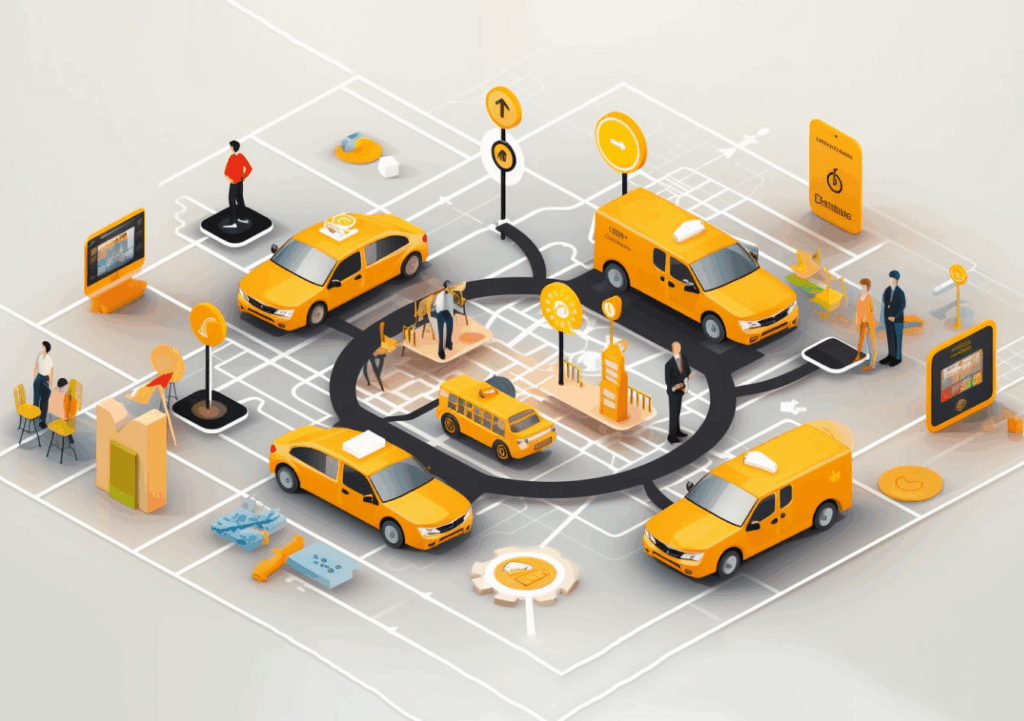
- Flexible subscriptions for delivery services without buying vehicles.
- Equal speed advantages, competing directly with big retailers.
This levels the playing field and opens new growth opportunities.
How Will Autonomous Vehicles Impact Global Trade?
- Cross-border logistics will become faster with unified regulations.
- 24/7 freight corridors reduce shipping time between countries.
- Port automation integrates with autonomous trucking for smoother imports and exports.
- Global e-commerce platforms like Alibaba and Amazon can expand faster into emerging markets.
This global reach shows autonomous fleets will impact not just last-mile delivery, but international trade.
Conclusion: Preparing for the Autonomous Era
Autonomous Vehicles are redefining e-commerce shipping integration with speed, efficiency, and sustainability. While upfront investments and regulations remain challenges, the long-term benefits outweigh the risks. Businesses that act early—testing fleets, upgrading infrastructure, and educating customers—will stay ahead of the curve.
The autonomous future of logistics is already here. The question is: will your business adapt fast enough?
Learn more about innovative Autonomous Vehicles in e-commerce at Postalparcel.
Industry Insights
news via inbox
Nulla turp dis cursus. Integer liberos euismod pretium faucibua

